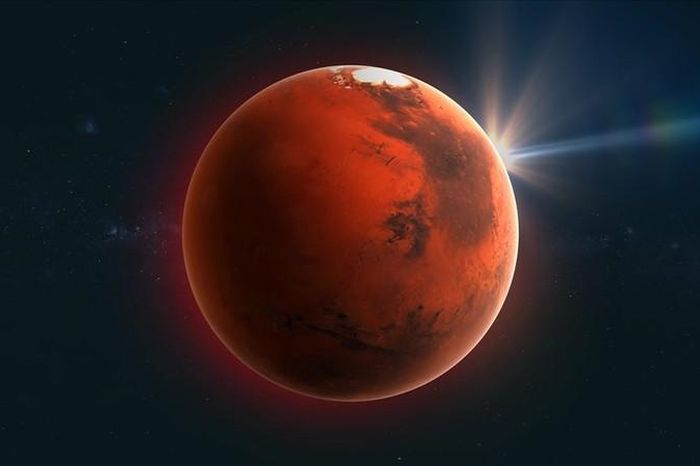Astronomer James Webb finds the most distant galaxy ever observed
Researchers operating the world's most advanced James Webb Space Telescope system have discovered an extremely distant galaxy, possibly the most distant known to date - so much so that it existed only a few hundred million years after the Big Bang.
Since James Webb began operating in 2022, astronomers have effectively taken advantage of this $10 billion telescope system to perform a job that has always been considered extremely difficult. in astronomical research: Searching for very distant, very ancient galaxies - and James Webb did not disappoint. Not only have scientists found many distant galaxies, but these galaxies are brighter and larger than they expected, opening up countless new treasures of previously unknown knowledge.
The newly discovered galaxy is JADES-GS-z14-0, named after the James Webb Space Telescope (JWST) Advanced Deep Galaxy Survey (JADES) program, and has a redshift on 14. Redshift is a phenomenon in which light emitted from a very distant object is pushed toward the red end of the spectrum due to the expansion of the universe, so the farther an object is, the brighter its light is. appears a lot of red. For the first galaxies observed by James Webb, their light had been shifted so far toward the red end of the spectrum that it no longer appeared as visible light, but instead as jets. infrared. James Webb's infrared instruments are perfect for detecting these extremely distant galaxies.
And because light takes time to travel great distances, finding very distant galaxies is like looking back into the past. These galaxies appeared when the universe was still very young.

In the case of JADES-GS-z14-0, scientists were surprised to see such a bright galaxy at such an early stage of the universe's formation. 'The size of the galaxy clearly demonstrates that the majority of the light is produced by the large number of young stars. Rather than matter falling into a supermassive black hole at the center of the galaxy, which would appear much smaller,' researcher Daniel Eisenstein from the Harvard & Smithsonian Center for Astrophysics explained in a statement.
Such brightness also suggests that large, bright galaxies may have formed during this early period, contrary to what we previously inferred. It's amazing that the universe was able to create such a galaxy in just 300 million years.
New data like the discovery of JADES-GS-z14-0 is changing the way astronomers think about the evolution of galaxies in the early universe. This is a great opportunity to study how galaxies form.
You should read it
- James Webb captured the most difficult to find object in the universe, 2,000 light years away
- Admire the majestic spectacle of swirls of dust and gas in nearby galaxies
- Admire the 'very different' image of Saturn under the eyes of the Hubble telescope
- James Webb super telescope begins to investigate the mystery of Earth's water source
- Admire incredibly detailed images of the Orion Nebula through the eyes of the James Webb telescope
- The Most Powerful Space Telescope Ever Built Will Look Back In Time To The Dark Ages Of The Universe
 Successful test launch of the world's most powerful rocket
Successful test launch of the world's most powerful rocket China is the first country to plant a flag on the dark side of the Moon
China is the first country to plant a flag on the dark side of the Moon Planet as light as 'cotton candy'
Planet as light as 'cotton candy' Organic matter on Mars was not created by life?
Organic matter on Mars was not created by life? Detection of extremely hot exoplanet with winds of more than 8000km/h
Detection of extremely hot exoplanet with winds of more than 8000km/h This is what you would see if you fell into a black hole
This is what you would see if you fell into a black hole